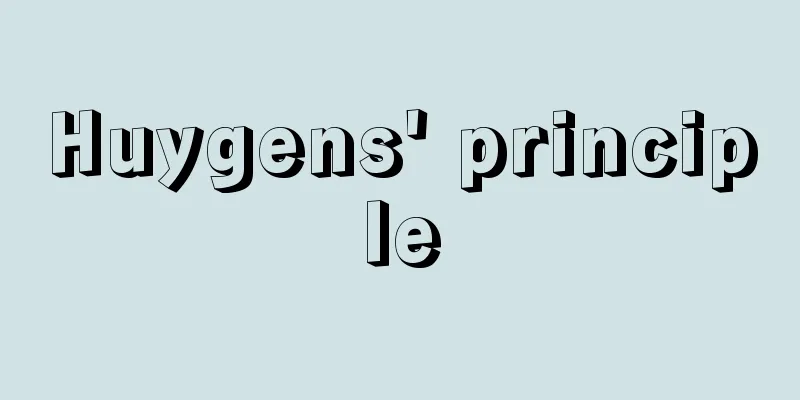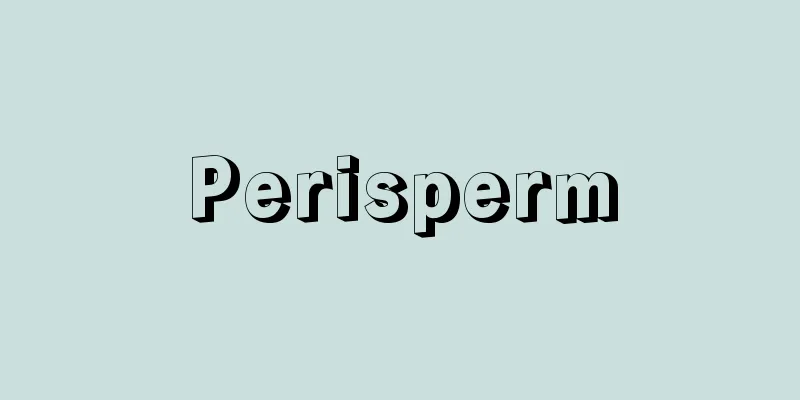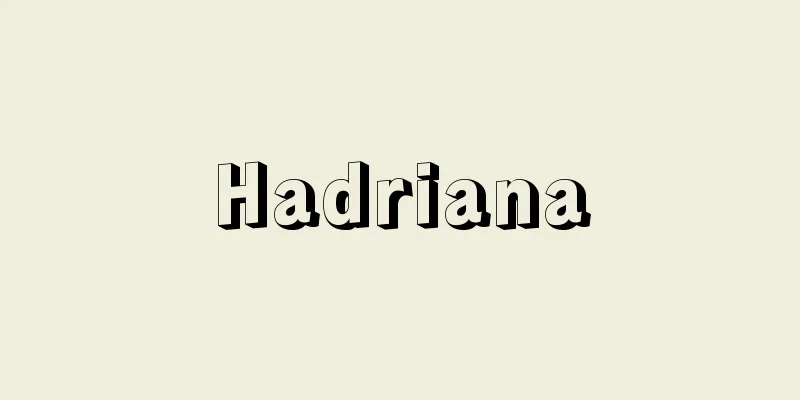Huygens' principle

|
This is a hypothesis about wave propagation that Dutch physicist Huygens stated in 1690 as the basic principle of the wave theory of light. From each point on a wavefront (a curved surface consisting of points where the wave phase has the same value), a new secondary wave (elementary wave) is sent out as a spherical wave. The curved surface that is tangent to all of these wavefronts of secondary waves, that is, the envelope, becomes the wavefront at a later time. Huygens used this principle to explain the well-known three properties of light, namely, its straight propagation in a uniform material, and its reflection and refraction at the boundary surface between different materials. However, Huygens' principle had two problems. One was that in addition to forward-moving waves, backward-moving wavefronts also occur, and the other was that it could not explain the diffraction phenomenon that occurs when light hits an opaque object. In 1818, the Frenchman Fresnel revised the latter half of Huygens' principle to correct the aforementioned shortcomings. According to Fresnel, the amplitude of the secondary wave sent out from each point on the wavefront of the primary wave varies depending on its direction of travel. When the directions of travel of the primary and secondary waves are the same, the amplitude is maximum, and when they are opposite, the amplitude is zero. As the angle between the directions of travel of the primary and secondary waves increases, the amplitude of the secondary wave decreases. These secondary waves are superimposed and interfere with each other. Huygens' principle as revised by Fresnel is called the Huygens-Fresnel principle. In 1882, the German Kirchhoff mathematically proved the Huygens-Fresnel principle by starting from a partial differential equation satisfied by a function representing a wave, i.e., the wave equation. [Yoshiro Kainuma] [Reference] | |Source: Shogakukan Encyclopedia Nipponica About Encyclopedia Nipponica Information | Legend |
|
オランダの物理学者のホイヘンスが1690年に光の波動説の基本原理として述べた、波の伝播(でんぱ)に関する仮説である。波面(波の位相が同じ値をもつ点からなる曲面)上の各点から、新たに二次波(素元波)が球面波として送り出される。これらの二次波の波面のすべてに接する曲面、すなわち包絡面(ほうらくめん)が、その後の時刻における波面になるとする。ホイヘンスはこの原理を用いて、よく知られた光の三性質、すなわち、一様な物質中における直進、異なる物質の境界面における反射と屈折を説明した。しかし、ホイヘンスの原理には二つの難点があった。その一つは、前進する波のほかに、後退する波の波面も生ずることになる点であり、他の一つは、光が不透明な物体に当たった場合におこる回折現象の説明ができない点である。 フランスのフレネルは1818年、ホイヘンスの原理の後半部を修正して、前に述べた欠点を補った。フレネルによれば、一次波の波面上の各点から送り出される二次波の振幅は、その進行方向によって異なる。一次波と二次波の進行方向が同じ場合には振幅が最大、逆方向の場合には振幅がゼロで、一次波、二次波の進行方向の間の傾き角の増大とともに二次波の振幅は減少するものとする。これらの二次波は重ね合わせられ、互いに干渉する。フレネルによって修正されたホイヘンスの原理は、ホイヘンス‐フレネルの原理とよばれる。ドイツのキルヒホッフは1882年に、波を表す関数の満足する偏微分方程式、すなわち波動方程式から出発して、ホイヘンス‐フレネルの原理を数学的に証明した。 [飼沼芳郎] [参照項目] | |出典 小学館 日本大百科全書(ニッポニカ)日本大百科全書(ニッポニカ)について 情報 | 凡例 |
<<: Vojvodina (English spelling)
Recommend
The ruins of Buzhaozhai (English: Bù zhāo zhài yí zhǐ)
A Neolithic Longshan culture site located in Buzao...
Wyk - Wyk
...Later, these inn-based settlements were called...
Kino Haseo - Kino Haseo
A Chinese scholar and poet of the early Heian per...
Carrotting
…This phenomenon is called felting. For hard anim...
pederasty
...Homosexuality, which can be defined as sexual ...
Chauna chavaria (English spelling) Chauna chavaria
… [Yanagisawa Norio]. … *Some of the terminology ...
LT Trade - LT Trade
…In 1962, he visited China as the head of an econ...
Pseudobulbar palsy
Paralysis caused by damage to the medulla oblongat...
Long-legged fly
A general term for insects belonging to the family...
Informal organization
…This is what is usually meant when we talk about...
Dashnaktsutyun Party - Dashnaktsutyun Party (English spelling)
An Armenian nationalist party. Founded in 1890 in ...
Shoulder garment - Kataginu
〘Noun〙① Sleeveless vest. Shoulder garment. Sleevel...
The Sacrifice of Isaac
…He became blind in his later years, and before h...
Wool Clipper
…However, the Suez Canal, which was opened around...
James Agee
1909‐55 American novelist and journalist. Born in ...









